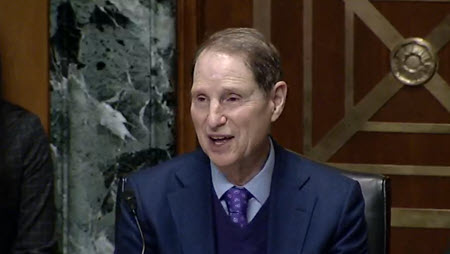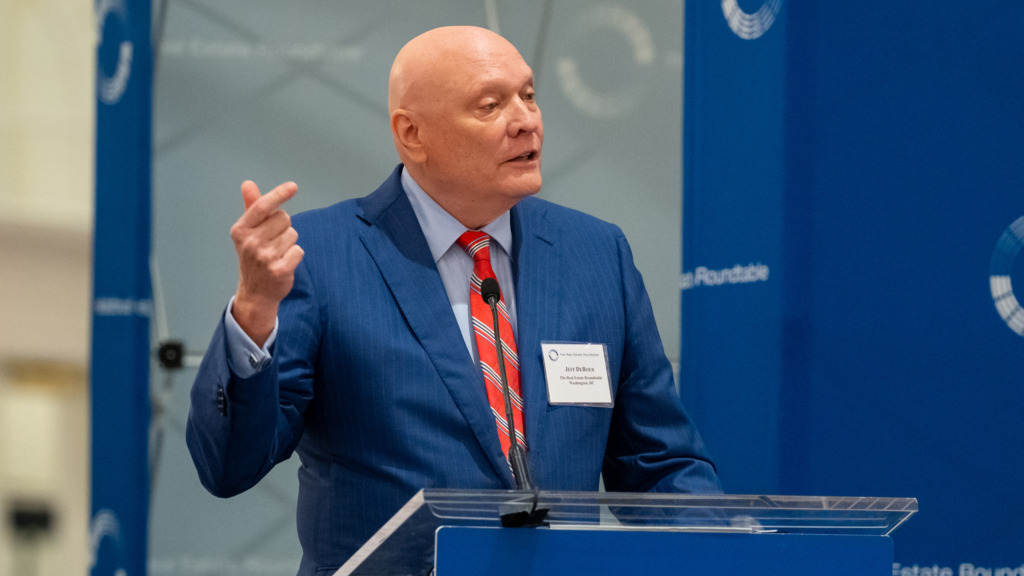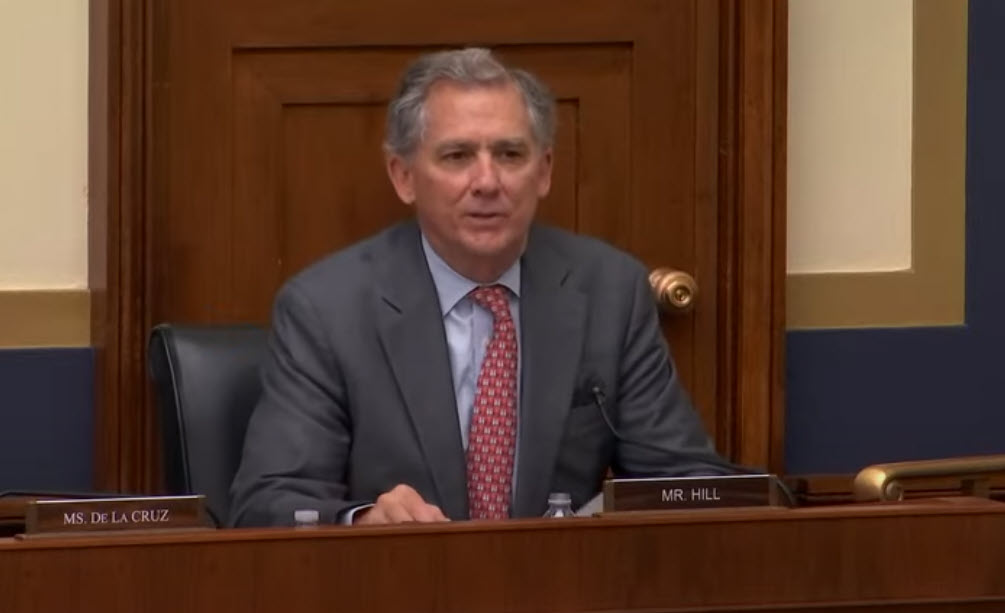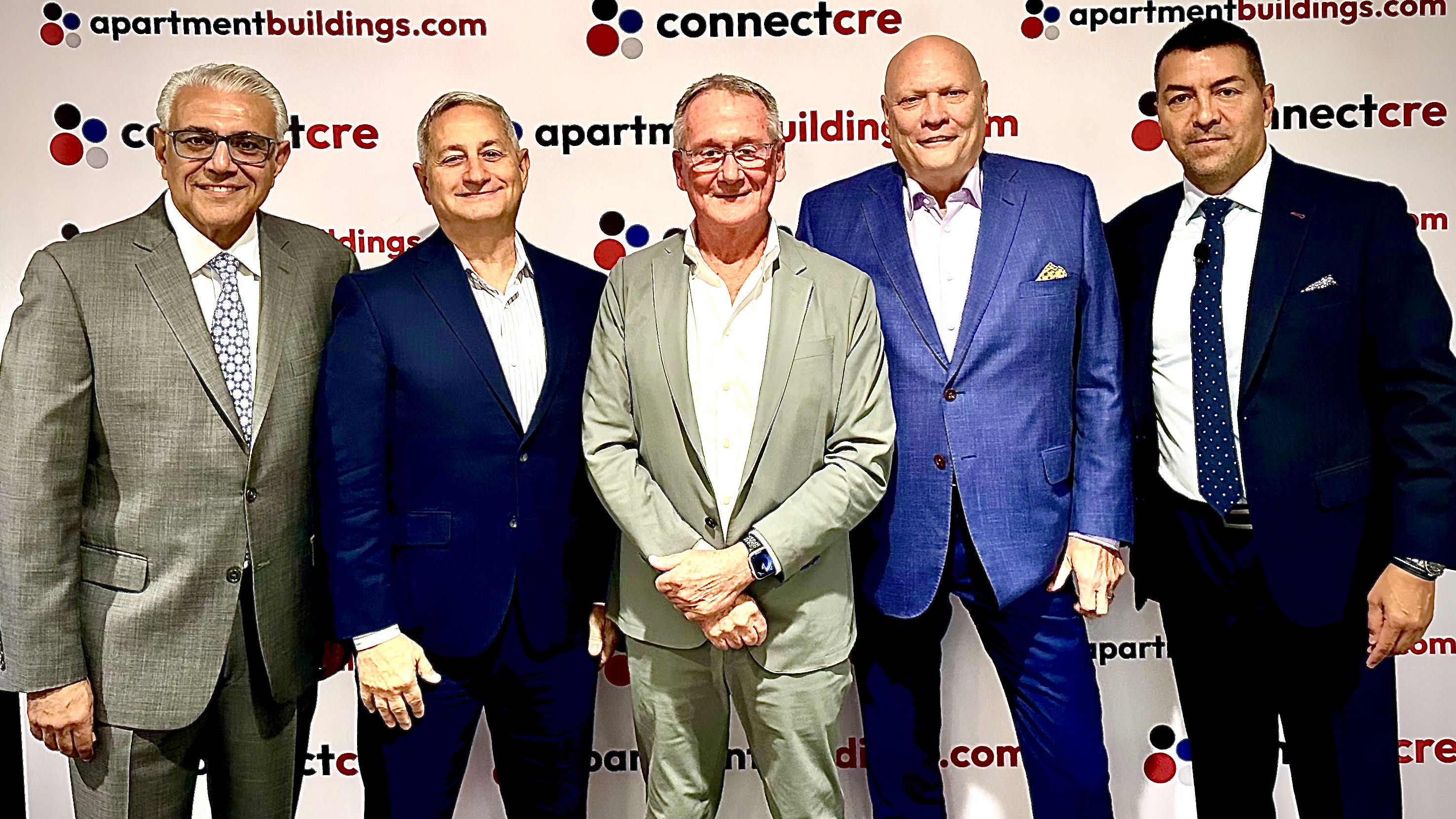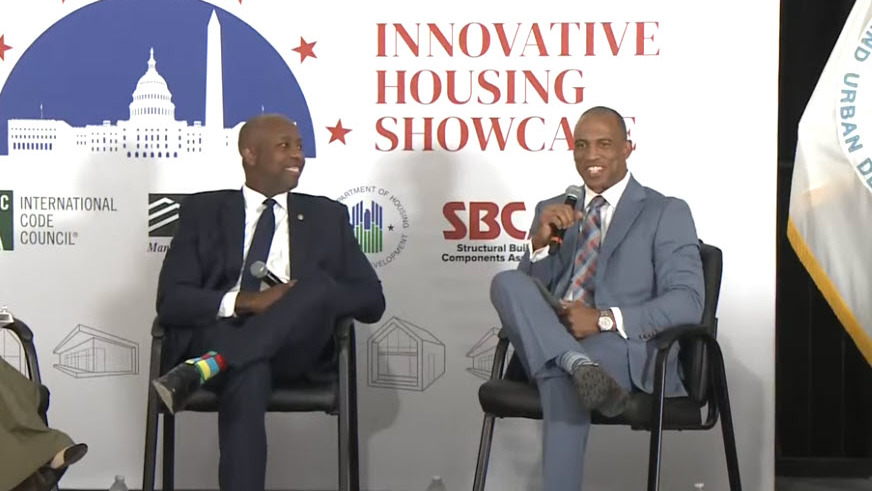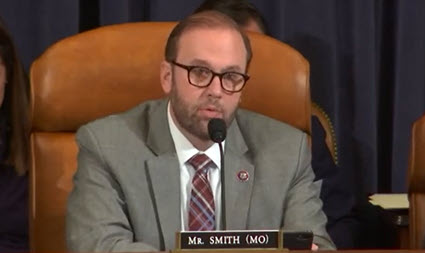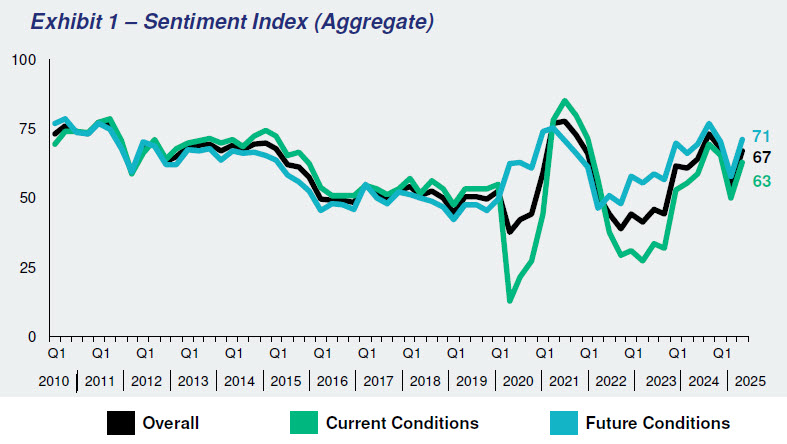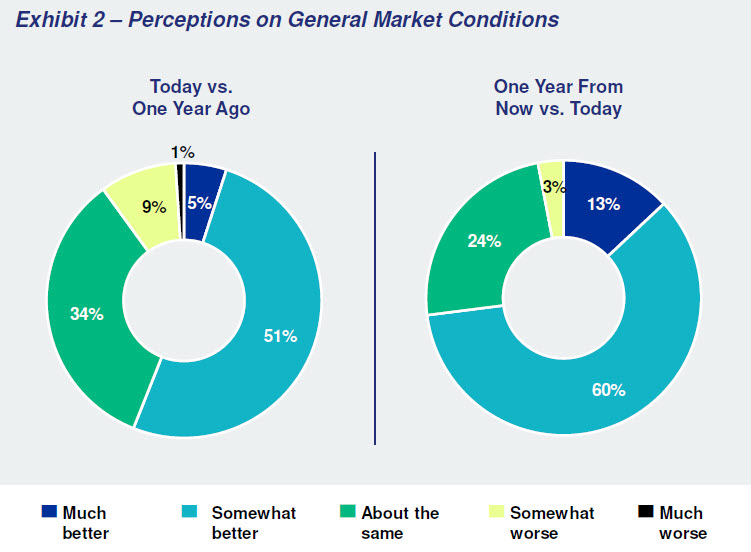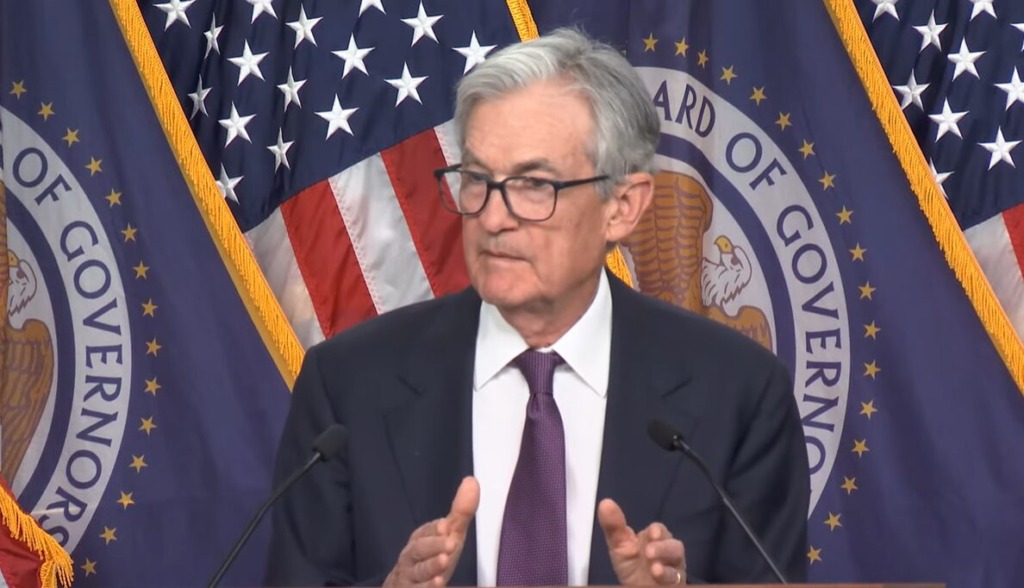
On Wednesday, the Federal Reserve reduced its benchmark interest rate by 25 basis points, marking the first rate cut since December 2024. Central bank officials also projected two additional rate reductions this year, citing growing concerns about labor market softening and economic headwinds.
Fed’s Decision
- The Fed’s move brings its target federal funds rate to a range of 4 percent to 4.25 percent, aligning with expectations on Wall Street. (CNBC, Sept. 17)
- Fed Chair Jerome Powell emphasized that while inflation remains above the 2 percent target, rising signs of labor market weakness justify a more accommodative stance.
- Governor Stephen Miran, confirmed to the Fed Board on Monday, cast the lone dissent in favor of a steeper half-point cut.
- The central bank’s latest projections signal two more rate cuts before year-end, though the “dot plot” of officials’ individual expectations varied considerably.
Housing Impact
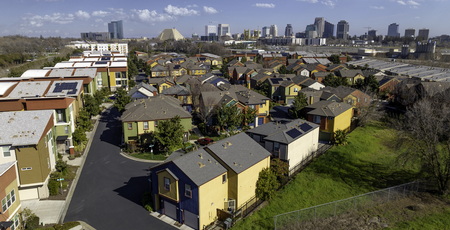
- Mortgage rates have responded quickly to the Fed’s decision, falling to 6.17 percent as of Thursday—the lowest level in nearly a year. (Fortune, Sept. 18)
- However, mortgage rates remain elevated compared to pre-pandemic levels, leaving many prospective homebuyers priced out. Home values remain roughly 50 percent higher than at the start of the decade. (AP News, Sept. 18)
- Chair Powell acknowledged that monetary policy alone cannot solve the nation’s housing affordability crisis. “There’s a deeper problem here, that’s not a cyclical problem that the Fed can address, and that is just a pretty much nationwide housing shortage,” he said. (CNN, Sept. 17)
- The Real Estate Roundtable (RER) continues to advocate for bipartisan solutions that increase housing supply and reduce regulatory barriers to new development, such as the Road to Housing Act (S. 2651) and the Revitalizing Downtowns and Main Streets Act (H.R. 2410).
Implications for CRE

- The Fed’s rate cut comes soon after the release of RER’s Q3 2025 Sentiment Index, which reflected cautious optimism among CRE executives. The Index rose 13 points from last quarter to a score of 67, as signs of stabilization and sector-specific growth have started to emerge. (Roundtable Weekly, Sept. 5)
- Interest rate cuts could provide a modest tailwind for CRE markets, although some property types remain under pressure.
- Further reductions in borrowing costs into 2026 could support more robust valuations and transaction activity. (Multifamily Dive, Sept. 17)
- At the 2025 C5 + CCIM Global Summit in Chicago this week, RER President & CEO Jeffrey DeBoer joined Shannon McGahn (Executive Vice President and Chief Advocacy Officer, National Association of REALTORS®) and Jef Conn (Industrial & Office Specialist, Coldwell Banker Commercial Capital Advisors) on a panel to discuss the bipartisan nature of the nation’s affordable housing crisis.
- DeBoer emphasized the need for a construction visa program to expand the labor force and build more supply, along with policies such as YIMBY legislation, property conversion incentives, and permitting reforms to help address the crisis.
The Fed’s next rate decision is scheduled for Oct. 29, with the final FOMC meeting of the year set in early December.



